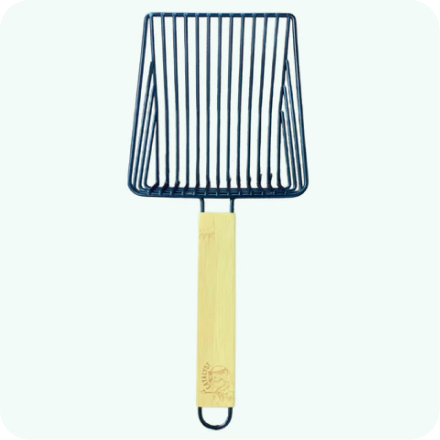Finding the right bedding for your rats and mice, affectionately known as "ratties" and "meece," can make a big difference in their happiness and health. With a wide range of bedding options available, it can be tricky to decide which one is best for your tiny companions. Each bedding type offers its own unique set of pros and cons, and the best choice often depends on the specific needs and habits of your little pals.
To help you navigate this decision, we’ve explored the most popular bedding options with a focus on safety, comfort, and practicality. Our aim is to give you the insights needed to choose the perfect bedding for your ratties and meece. This guide will break down the key attributes of various bedding types and highlight potential issues, ensuring your furry friends have a cozy and safe home.
Since rats and mice are typically smaller than most other pets that need bedding, they require less overall coverage; just a couple of inches will provide ample space for them to dig, burrow, and create their little nests. This not only keeps them entertained but also mimics their natural behaviors, contributing to their overall well-being and happiness.
|
Option |
Pros |
Cons |
|
Wood* shavings or pellets (including Aspen or Douglas fir) |
· Soft and safe · Sustainable · Low dust · Absorbent · Great odor control |
· Some woods, like cedar, have harmful phenols |
|
Paper |
· Soft and comfortable · Widely available · Absorbent · Sustainable |
· Poor odor control |
|
Hemp |
· Excellent for tunneling/burrowing · Absorbent · Sustainable · Low dust · Naturally antibacterial and antimicrobial |
· Can be difficult to find in stores as it’s a seasonal crop · Expensive |
|
Hay |
· Allows chewing if soft · Mice and rats can build nests from this material |
· Sharp hay can harm small animals |
|
Bedding to Avoid |
· Cedar, which has phenols and other toxins · Scented wood shavings, which can stress a rat or mice’s respiratory tract and ingestion can cause liver or kidney disease · Anything bedding that is scented or synthetic, which can adversely affect your rodent’s health. ·Corncob, which molds easily when wet and can cause intestinal blockages if ingested · Cat-specific litter, particularly any with tiny pellets or heavy scents, which can irritate your small animal or could be eaten and cause blockages
|
|
*Ensure any wood bedding is phenol-free. If phenols are present, they can irritate the skin and respiratory system of your small pet and cause issues for humans, too. Wood that is kiln-dried should be phenol free.
Of course, just like humans, your small animals have innate preferences. Even if you’ve done your homework and chosen what you believe is the perfect bedding for your pet, they might have other ideas. Your furry friend will continue to show its personality, and you can keep trying until you find the best option for your little pal!
How much bedding do you need?
Below are Catalyst’s recommendations for the amount of bedding each type of small animal needs. Of course, use your own judgment as you get to know your pet’s preferences!
|
Small Animal |
Gerbil or Hamster |
Chinchilla or Ferrett |
Guinea Pig |
Rabbit |
Rat or Mouse |
|
Habitat Size |
23” x 19” |
25” x 25” |
48” x 24” |
54” x 27” |
20” x 14” |
|
Bedding Depth |
4” – 6” |
2” – 3” |
2” – 3” |
2” – 3” |
2” – 3” |
|
Amount Needed |
43L |
35L |
57L |
72L |
20L |














